A Look Back As Harold T. Wiley School Turns The Big 5-0.
Harold T. Wiley school, a school like no other Watertown had seen before upon its opening in 1971, wasn’t unique and actually part of a trend that started in the 1960s. Designed by the architectural firm of Sargent, Webster, Crenshaw & Folley of Watertown and Syracuse, members of the Watertown Board of Education would visit another school designed by the team, Northwood Elementary School at the Hilton Central School District, near Rochester in 1969 that was given an honorable mention as a newsworthy school with an innovative design.
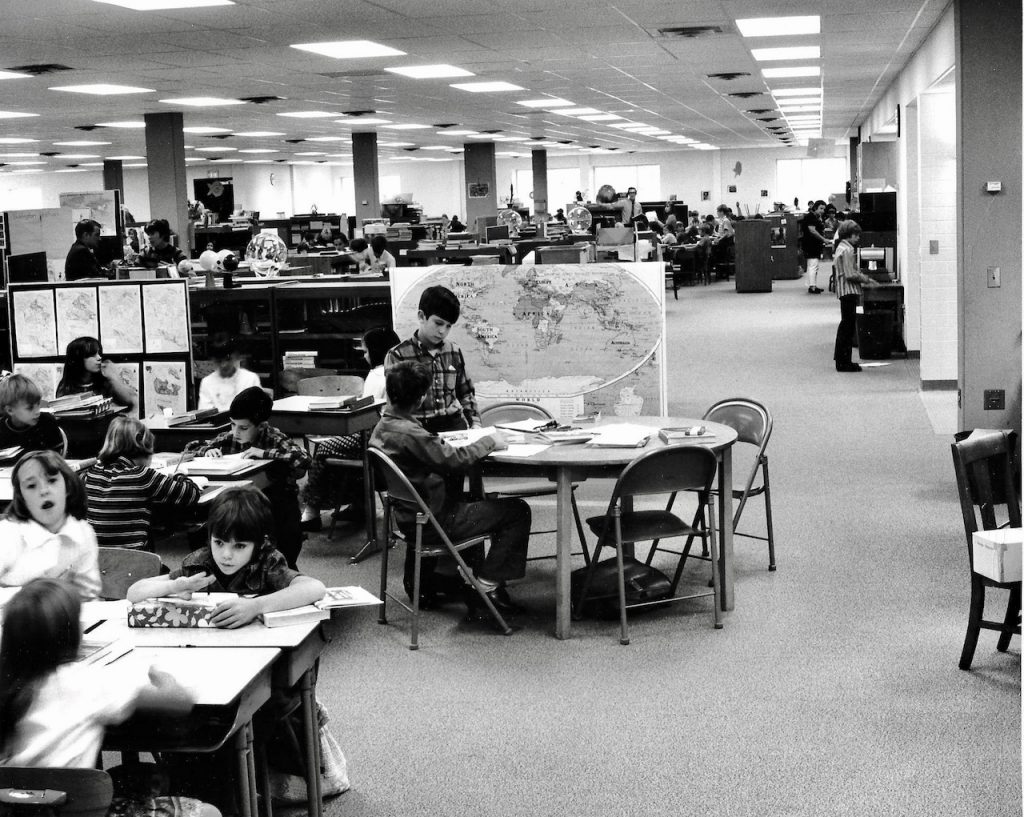
Northwood Elementary, which opened in 1967, would be described as having clusters of open classrooms arranged in octagonal groups. As the Watertown Daily Times noted, the school would be chosen for the award because “it is a new school whose innovative architectural design utilizes geometric forms in a flexible three-wing plan for a non-graded program,” according to the editors and publishers of Instructor Magazine which had a circulation of 700,000 educators.
Watertown’s own elementary facilities were neighborhood schools, mostly built just before or after the turn of the 20th century and included schools Arsenal, Boon, Academy, State, Sherman, Knickerbocker, Starbuck, Cooper and Meade Street Schools that, by the 1960’s were either becoming costly to operate and maintain, antiquated or overcrowded. The idea of consolidating facilities with the opportunity with a fresh approach was an attractive idea at a time when “Redesign” was a hot-topic phrase being used to rethink education with regards to curtailing declining enrollments in colleges and higher dropout rates in middle and high school grades.
Evidently, the Watertown Board of Education liked what they saw with regards to Sargent, Webster, Crenshaw & Folley’s work as they were hired to plan the new elementary facility initially known as “the complex,” though in later years this writer heard Case Jr. teachers refer to it as “that school up on Happy Hill,” as if to remind students they were on the verge of being young adults and needed to act accordingly.
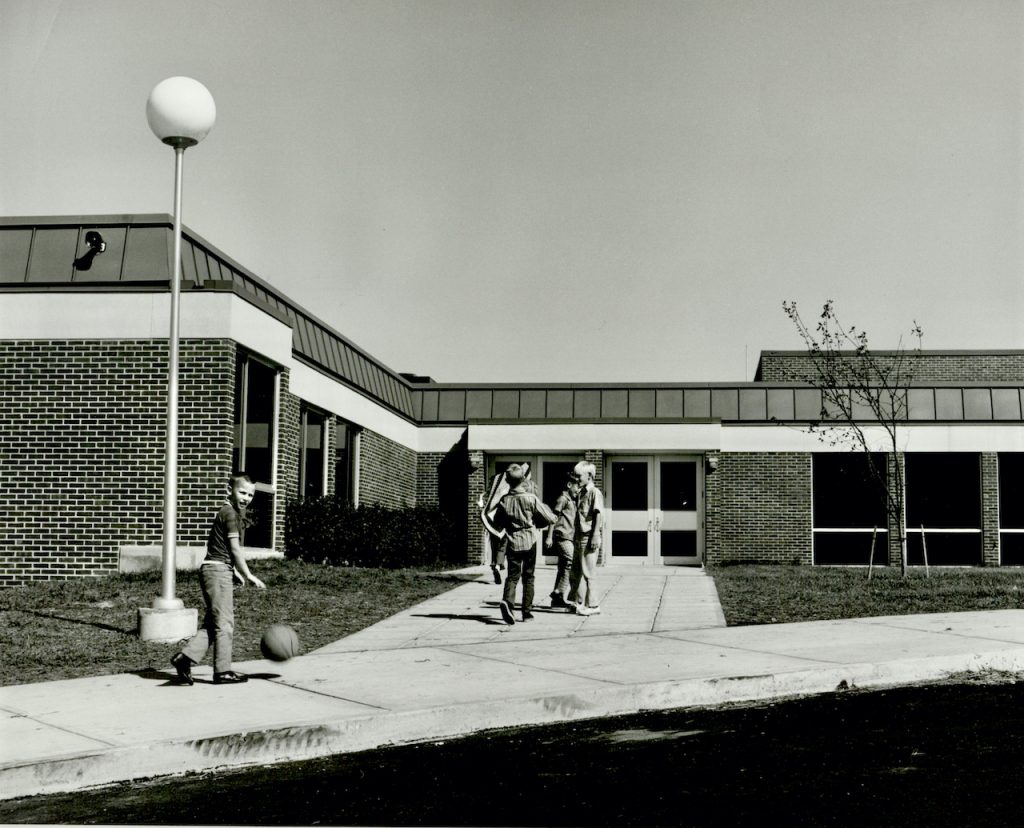
During the tail-end of construction in June of 1971, the new facility would officially be named after Harold T. Wiley, a long-time Watertown educator and administrator who, as superintendent, helped develop the Jefferson County area technical-vocational center (BOCES) as well as recommending in 1967 to the board that a new school be built to replace Academy, State and Arsenal Street Schools.
Mr. Wiley would apply mortar to the new building’s cornerstone on July 8th and remark the following month with regards of having the school named after him, “of all the honors it has been my good fortune to receive, this is the greatest.”
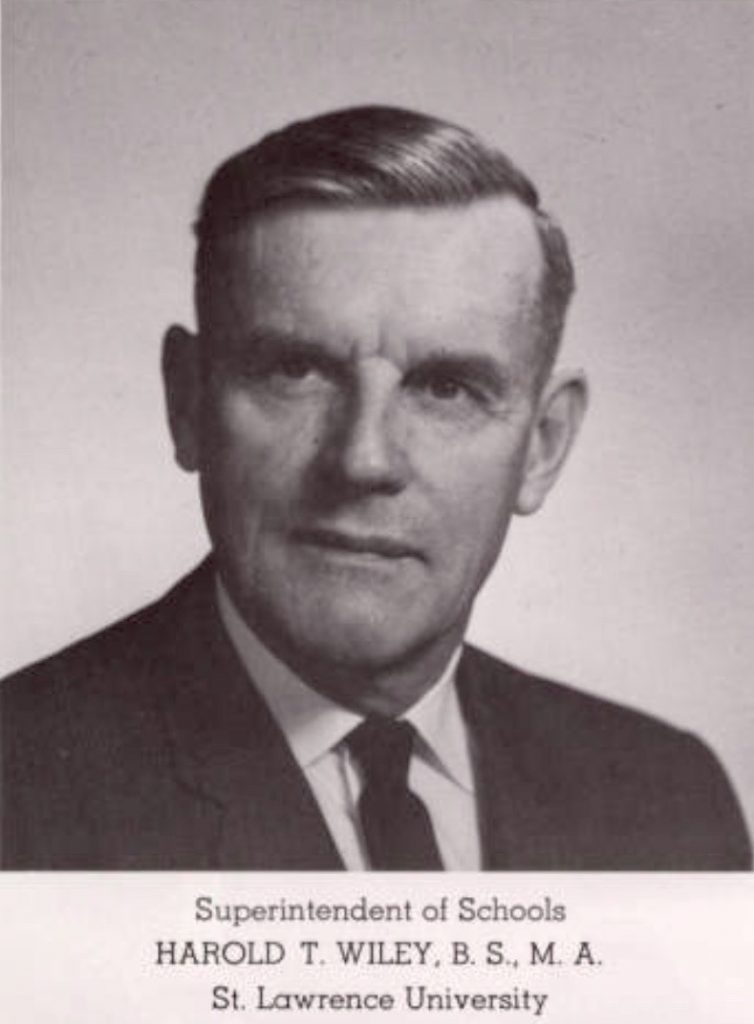
The Watertown Daily Times would interview Darrel D. Rippeteau, a partner at Sargent, Webster, Crenshaw and Folley, for an article dated July 6, 1971, with his thoughts on describing the new school for which he wrote an information sheet prepared prior to the cornerstone ceremony as a school–
“–that brings together teachers, students and instructional media in diverse and flexible ways, and through color and design creates a pleasant environment for learning.”
The flexible nature of the open space planning,” wrote Mr. Rippeteau, (that) permits “a wide” variety of opportunities for teaching techniques through the future 50 or more years of the life of the building. The building is readily adapted to “changing methods of instruction as they are invented,” he added.
The new Harold T. Wiley school would be described much in the same manner as the Northwood school, as comprising three educational “houses,” each for 600 fourth-to-sixth grade students, with each house also being described as “wing” or “pod.”
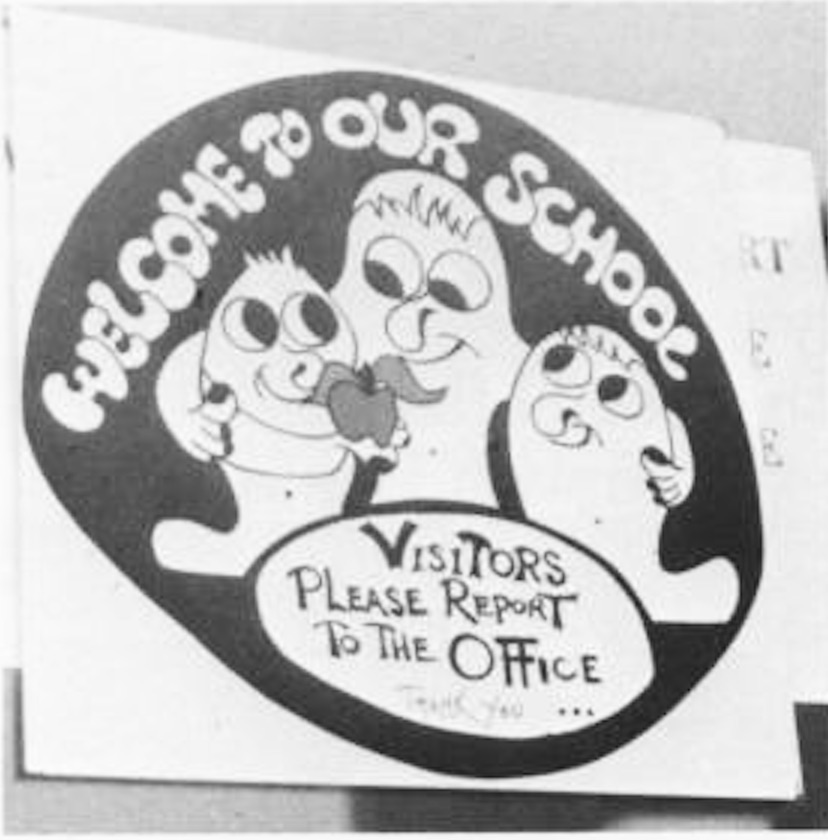
Each wing, as they would become better known as, would house 22 open teacher stations and the three wings themselves would surround a resource center to include an open library, facilities for film, tapes and other media as well as another well known element–
The 7,000-square-foot resource center also includes a planetarium and professional study carrels. The teachers’ work area is adjacent to audio-visual and graphic arts workrooms and a film-processing darkroom.
The planetarium dome is fiberglass and has lightproof curtains. Educational and closed-circuit television is available to all teaching stations in some parts of the resource center.
The cost of the building’s construction was reportedly $2,467,377, while the burdened costs, to include fees, landscaping and equipment, would be in excess of $3,000,000. Classroom equipment would be relocated from the list of nine schools mentioned earlier.
Harold T. Wiley school would officially open on September 8th for a ribbon cutting ceremony at 9:00 a.m. followed by a brief, two-hour session that ended the day at 11:15 a.m. 25 to 30 buses would be required to transport students outside of walking distance to the school which would necessitate the need for a staggered-start between Wiley, Case Jr. and the High Schools to handle the flow of traffic. The school would have an enrollment of over 1,500 students.
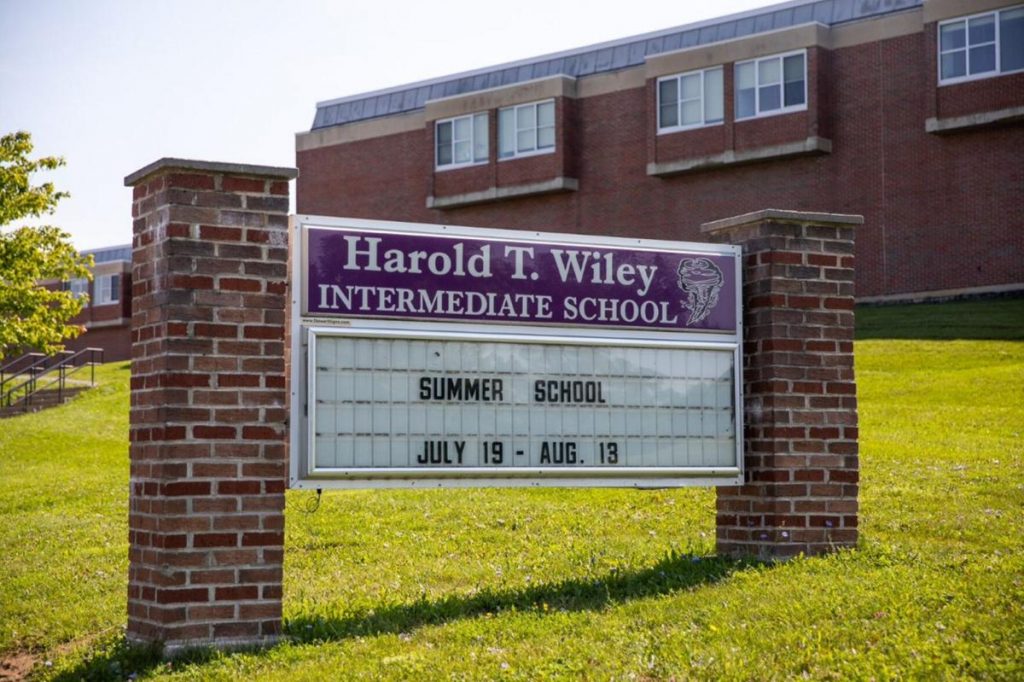
At the time, the idea of open classrooms was a controversial issue. Those who experienced it either loved it, hated it, or were indifferent. Special “quiet” rooms were set up for those who may have a difficult time adjusting and school psychologists and even a Watertown Daily Times reporter observed the first several days of classes to see how students would adapt to the new concept.
“The advantage of grouping students of varying grade and achievement levels into one large classroom is that students learn at their own speed, said Dr. Star. A student will be able to learn material from grade three to seven, according to his own capability and rate of learning.
“Most teachers are accustomed to their own rooms; this is startling and upsetting to them,” he said. “Now the teacher is aware that she is open to the scrutiny of a whole wing.”
The Times would also report on the two students they observed as appearing to have no discernible issues with keeping their attention on the subjects being taught while one teacher said students who are inattentive will always find a means to be so, whether there are walls around the classroom or not.

In 2008, the Harold T. Wiley school would forgo the open classroom design that, as recently as 2017, was a subject of National Public Radio who reported ‘Open Schools’ Made Noise In The ’70s; Now They’re Just Noisy, noting that Larry Cuban, a professor of emeritus at Stanford University concluded in a 2004 piece–
“In the mid-1970s,” Cuban wrote, “with the economy stagnating and the nation deeply divided over the Vietnam War, critics again trained their sights on the public schools.” Now, concerns were that standards had slipped, that schools were too free and open. A “back-to-basics” mood set in.
Local architectural firm Bernier, Carr & Associates, currently located in the old Mullin Street School but moving to the first floor of the Woolworth Bldg in 2022, whom were responsible for the new Case Middle School, were awarded the contract for renovating the Harold T. Wiley school and, in a bit of irony, subsequently given an award and national recognition by another magazine, School Planning & Management, for its exceptional design that turned the open classrooms to closed, with huge naturally lighted atriums. As the Times reported–
The challenge, according to Bernier, Carr & Associates Chief Executive Officer Bernard H. Brown, Jr., was getting natural light into the classrooms that were in the middle of the building. That’s when the idea for atriums came in, he said.
“To approve a construction project, the state requires that a classroom must have natural light,” Mr. Brown said. “We thought about how we were going to do it and we decided to take the light from the multipurpose atriums. There’s nothing better than to be in a space with natural light. It just feels good.
In 2010, the Board of Education would vacate their Butterfield office and move into Harold T. Wiley School.
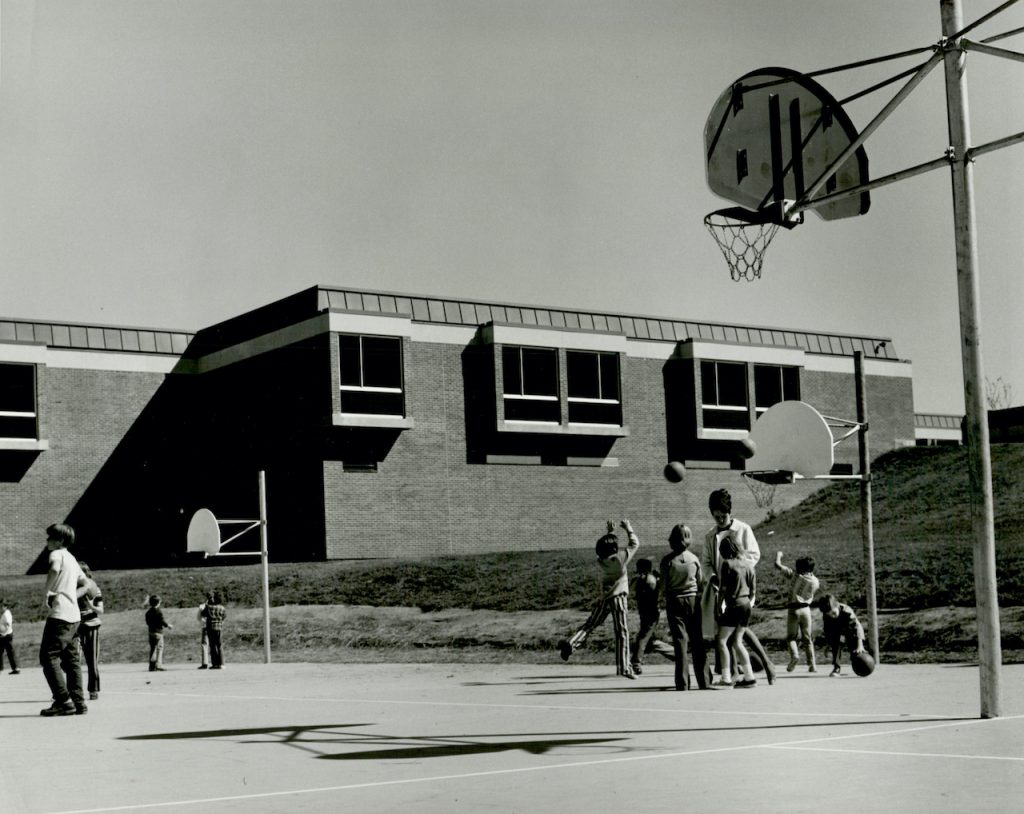
Remembering Three Years At Wiley School
Depending on which years one attended Wiley School, some may or may not had the same experiences, teachers and remembrances.
Snack Cart – once a week, you could place your order with a classmate representative and they would bring your snack to you. Those “Funyuns” were popular!
Swimming Class – Red, Blue, Black… or Green? Aside from the color of the communal bathing suits, the amount of chlorine used in the pool and the smell are probably the most remembered things.
Coach and Gym Teacher Ralph Casterella – Was there a nicer gym teacher on record than Mr. Casterella?
Mr. McGregor – Coolest art teacher ever! Did you learn how to make a cutting board, too?
That “Back Music Room” up the ramp beyond Art Class – Always felt claustrophobic in that room. It just seemed so oddly placed.
Barbara Hanrahan – Nicest Principal ever!
Those School Lunches – How many people found another use for the cube of cheese in their cold pack?
Silent Reading Time – That slice of time to keep your mind occupied from thinking about what exactly may have been in that school lunch.
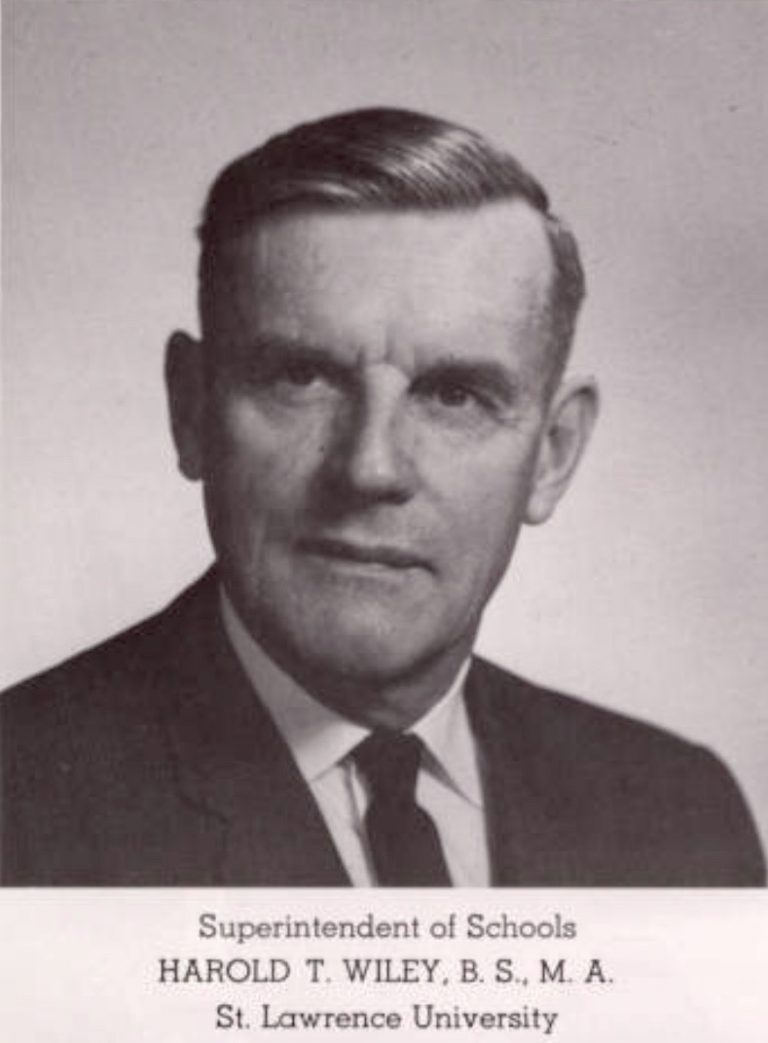
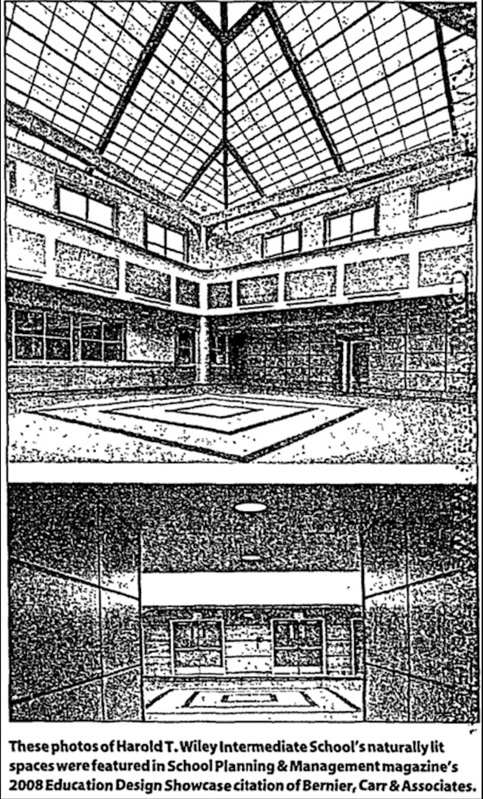
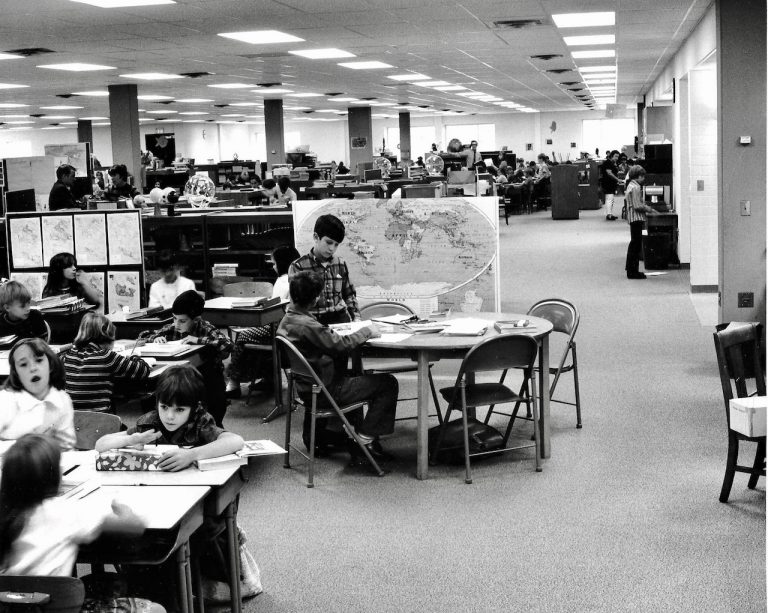
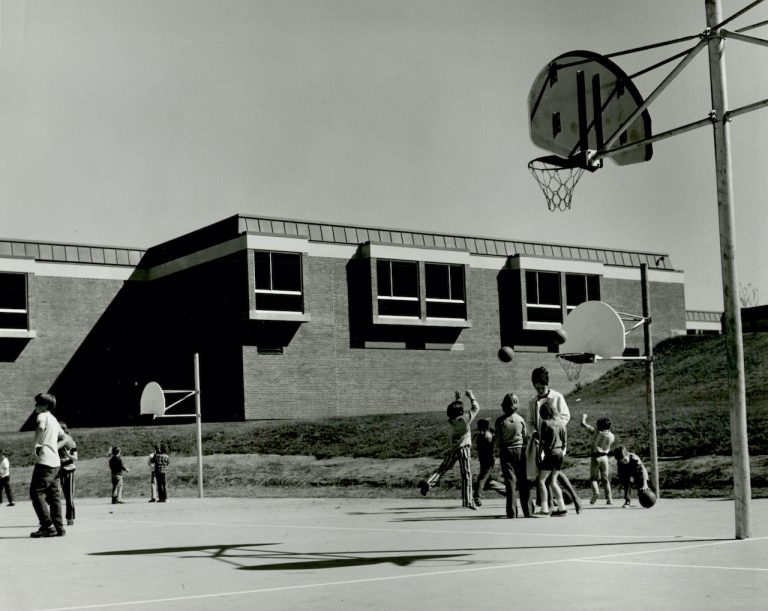
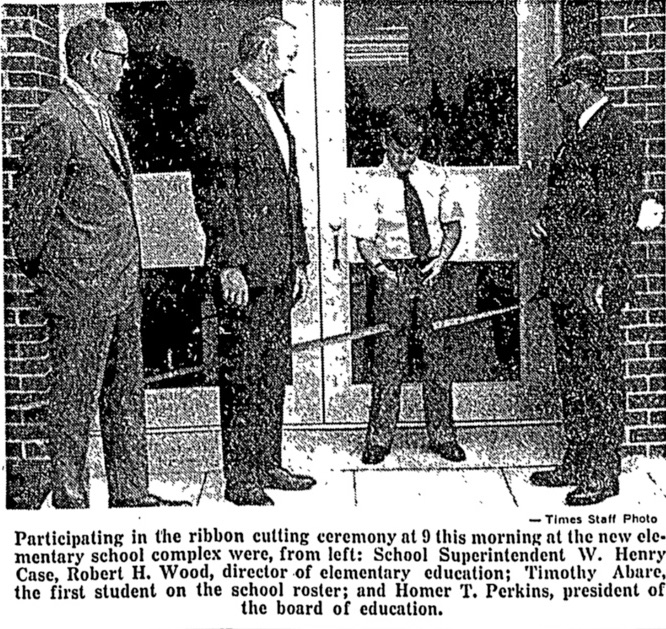
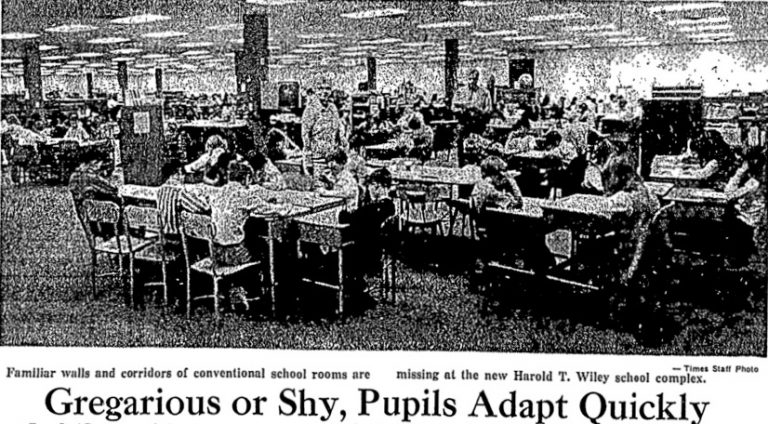
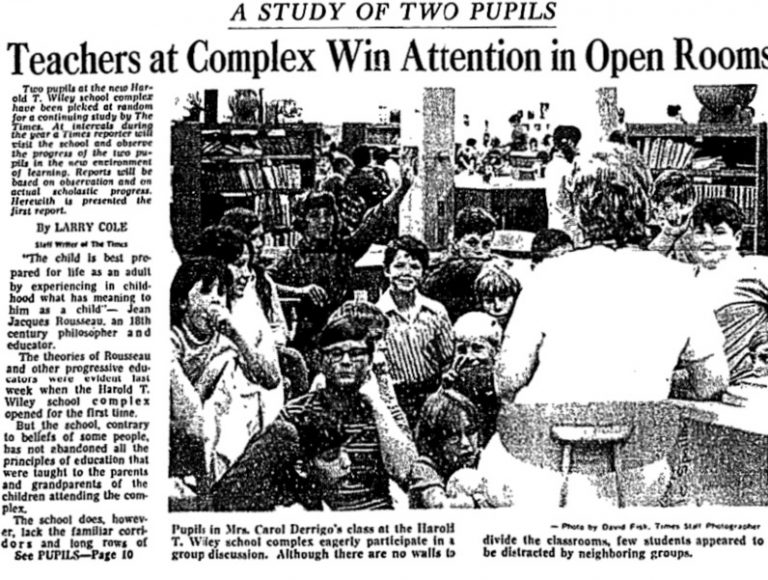
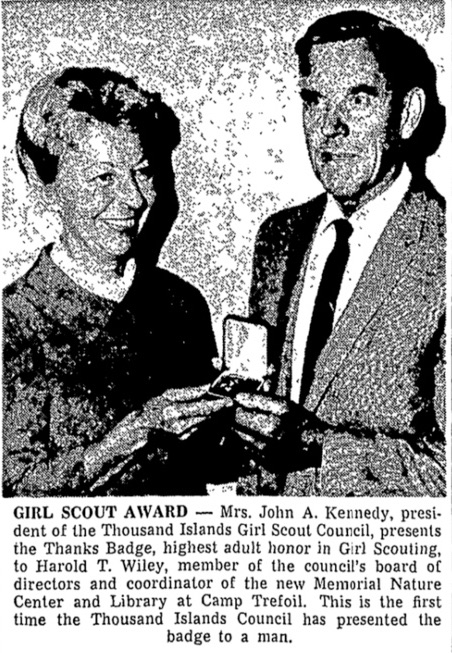
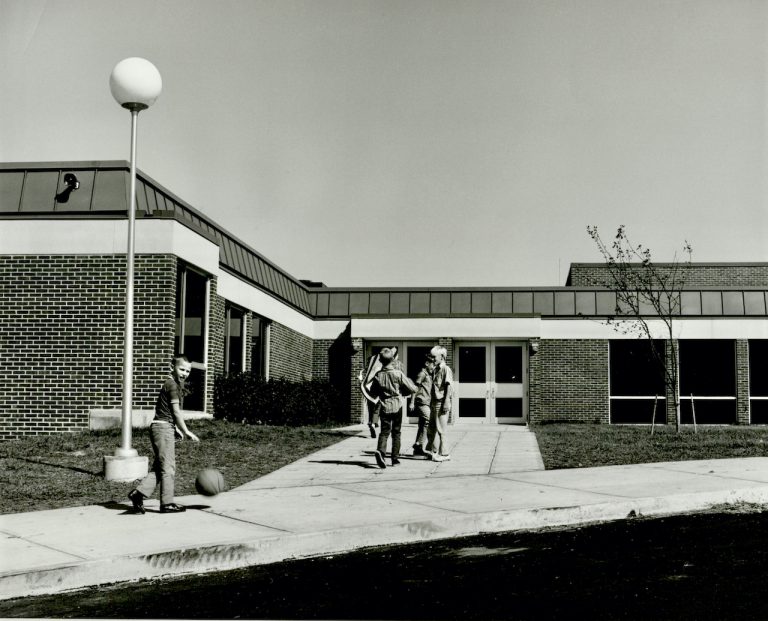
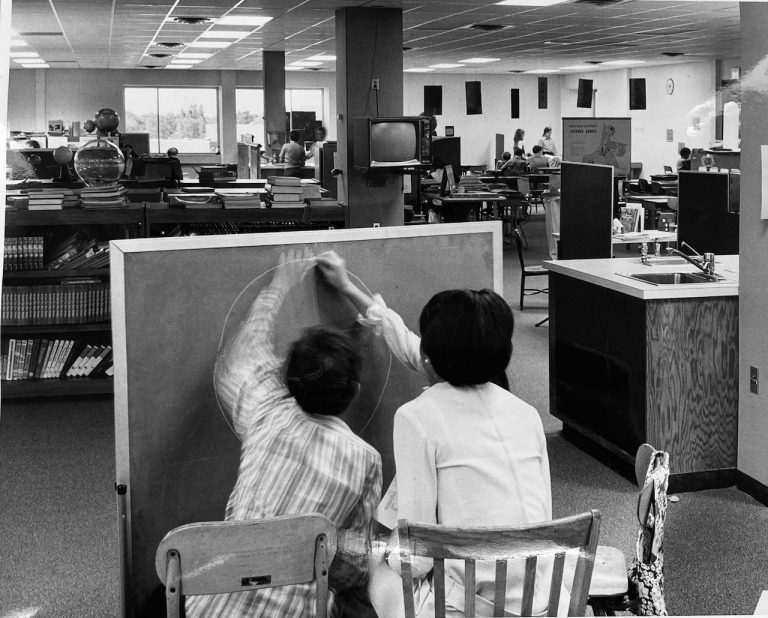
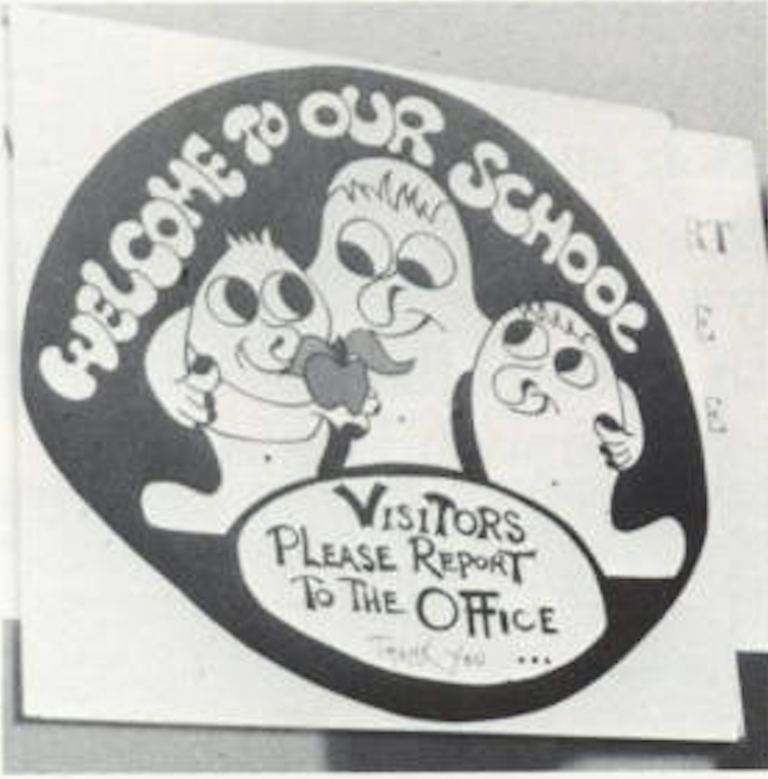
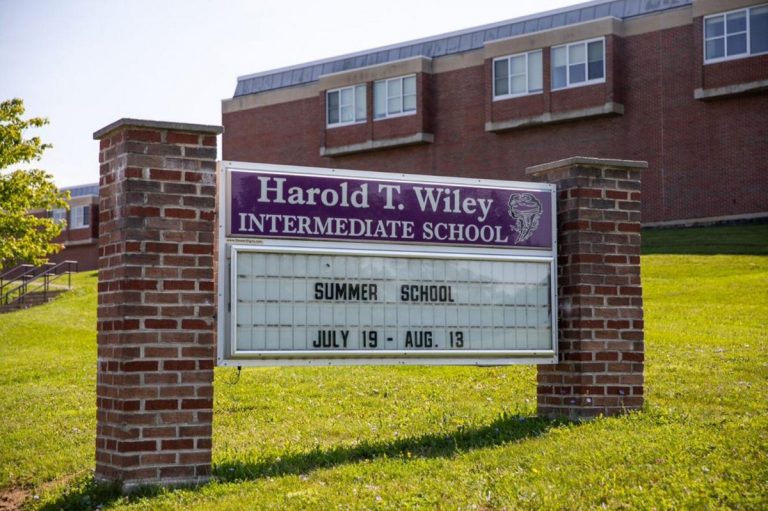
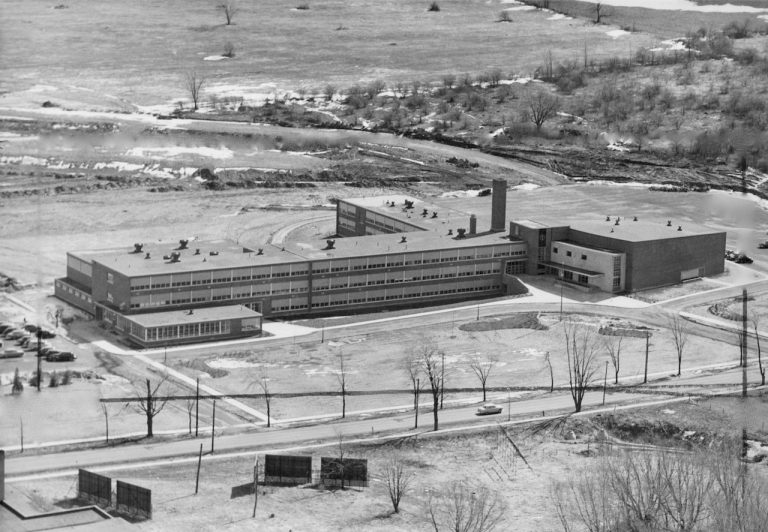
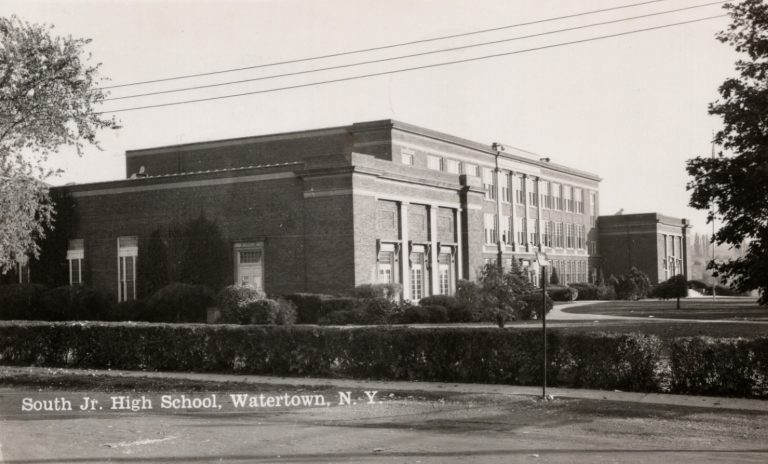



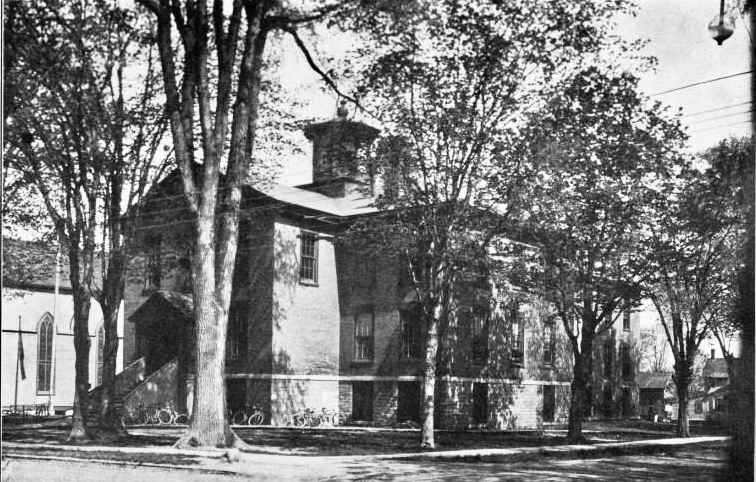

5 Reviews on “Harold T. Wiley School (1971 – Present)”
I remember taking classes to Wiley the first couple of years I was teaching in Watertown. We would take the kids on the nature trail. My husband taught there for a number of years.
Fun times in SEEK with Murphy, Payne and Cronk! Our classes always seemed to be very well informed of world events at the time and lots of discussion on Cold War issues. Fondly recall Mr. Murphy’s answer to why, in fifth grade, the boys and girls had separate viewings and discussions on a certain subject: “Because fourth grade is too early and sixth grade is too late!”
Wow. Barbara Hanrahan = Best p-r-i-n-c-i-p-a-l ever!
She’s still alive, you know. If she sees your big ol’ mistake she’ll track you down!!
5th grade…best three years of my childhood
LOL. That has to be an autocorrect because I actually made sure I used the right word, as “I want to be your princi-PAL.” WordPress, at times, has a quirky sense of integrated spell-check that doesn’t work as it should.
No way, Mr.Burgess was.
The best Teacher ever was Mr. Prugar.
I attended Wiley the first year it opened and went through all three grades. I was a member of Wiley’s first all girl’s musical ensemble. Their was no better group of faculty than those I had in music classes and Wing C classes. Great school. Fond memories.